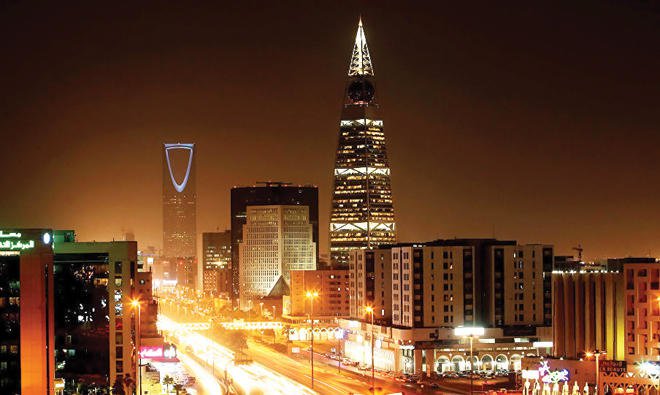
Saudi budget will boost growth in the non-oil sectors and create jobs, say economists
Top economists have welcomed the expansionary departure from the tight fiscal control of the past three years reflected in this week’s Saudi budget.
But there was some debate as to the degree of stimulus that will be injected into the economy, the projections for the non-oil economy next year, as well as the possibility of further “austerity” measures in the years leading up to 2023 — when public finances are forecast to be balanced.
Khatija Haque, who leads research at the UAE’s Emirates NBD, said: “The authorities have presented the 2018 budget as an expansionary one that will boost growth in the non-oil sectors, create jobs and invest in the future productive capacity of the economy. The strategy is commendable.”
Jean Michel Saliba, MENA economist at Bank of America Merrill Lynch, said: “The 2018 budget walks a fine line. It is, on balance, expansionary as the austerity pace eases but reforms continue despite revised medium-targets.”
Jason Tuvey, Middle East economist with London consultancy Capital Economics, said: “The Saudi budget showed that the government has already started to loosen fiscal policy and will continue to do so in 2018.”
Ziad Daoud, chief Middle East economist at Bloomberg, said: “The Saudi budget marks a break with the earlier strategy of substantial deficit reduction. This is sensible and will help the economy grow somewhat faster next year.”
However, economists were surprised by the announcement of an extra SR135 billion of expenditure from the Public Investment Fund (PIF) and other government agencies, announced separately from the general budget statement — bringing the total public spend to SR1.1 trillion.
“It’s hard to know how to treat this and to make any comparison, because we do not know how much these agencies spent in 2017,” said Tuvey.
Haque said: “The PIF will set aside SR83 billion for mega infrastructure, real estate and transportation projects; this is likely to include funding for the new city, Neom, that was announced at the investment summit in November. National Development Fund investment of SR50 billion will be used for housing and other initiatives to stimulate private sector growth, create jobs and boost efficiency.”
There was a general consensus that the 2018 budget would help the economy to grow faster. “We now think growth will be closer to 1.5 percent in 2018, compared to our previous forecast of 0.8 percent,” said Tuvey.
The budget forecast growth of 2.7 percent for next year, driven by a leap in the non-oil sector, officially forecast to grow by 3.5 percent.
Haque said: “Given the higher-than- expected rise in public sector spending next year, we have revised our GDP (gross domestic product) growth forecast higher to 2.8 percent, with the increase coming entirely from non-oil sector expansion.”
Daoud said: “Bloomberg Economics has revised up the non-oil GDP forecast for 2018 to 2 percent from 0.7 percent as the amount of fiscal loosening is higher than what was previously penciled in. That’s motivated by the relationship between the non-oil fiscal stance and real non-oil growth.”
But Tuvey cautioned: “Non-oil growth of 3.5 percent would be close to boom times.”
The budget also confirmed that the target date for fiscal balance between revenue and expenditure would now be set for 2023, as the International Monetary Fund (IMF) recommended recently.
Haque said: “We have seen large budgets before. We would argue that the effectiveness of public sector spending is just as important as the sum of money that is disbursed, and improving this will require structural changes in the way ministries and funds are administered and controlled.”
Nasser Saidi, former economy minister of Lebanon and now an independent consultant, said: “Oil-dependent countries face a challenge when they have to undertake economic change. In Saudi Arabia, there is a very clear vision and strategy at the top.”



























